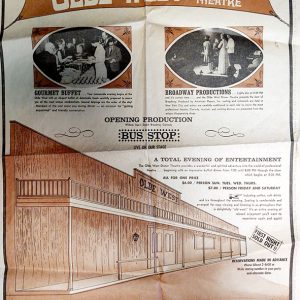 Olde West Dinner Theatre Ad
Olde West Dinner Theatre Ad
Time Period: World War II through the Faubus Era (1941 - 1967)
 Olde West Dinner Theatre Ad
Olde West Dinner Theatre Ad
 Colonel Robin Olds
Colonel Robin Olds
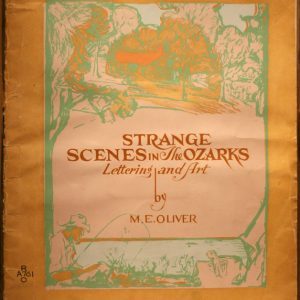 M. E. Oliver's Strange Scenes in the Ozarks
M. E. Oliver's Strange Scenes in the Ozarks
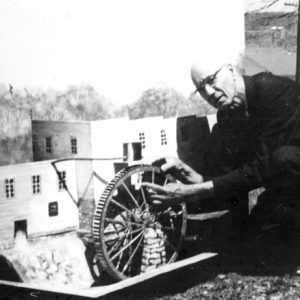 M. E. Oliver
M. E. Oliver
Oliver, M. E.
aka: Marvin Elmer Oliver
 Opal's Steak House
Opal's Steak House
Opal’s Steak House
 Operation Dominic
Operation Dominic
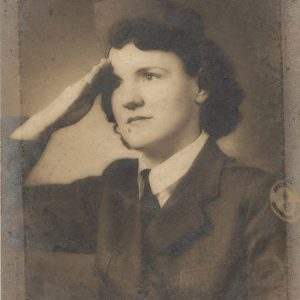 Ordnance Plant Worker
Ordnance Plant Worker
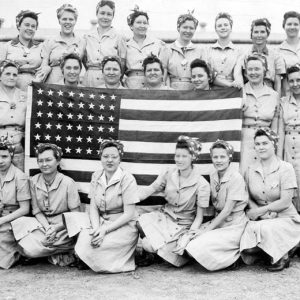 Ordnance Plant Workers
Ordnance Plant Workers
 Original Minute Man
Original Minute Man
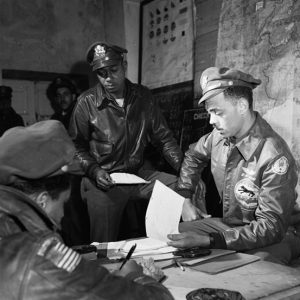 Original Tuskegee Airmen
Original Tuskegee Airmen
Original Tuskegee Airmen
aka: Tuskegee Airmen, Original
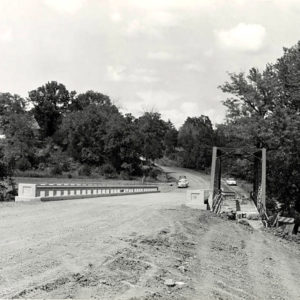 Osage Creek Bridge
Osage Creek Bridge
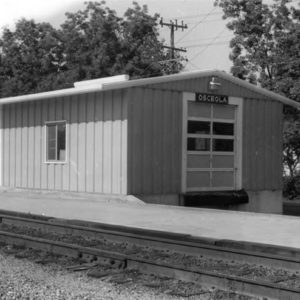 Osceola Depot
Osceola Depot
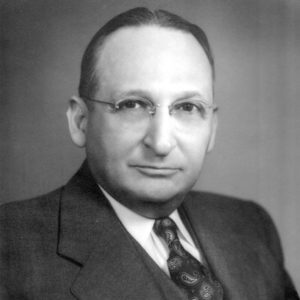 Gus Ottenheimer
Gus Ottenheimer
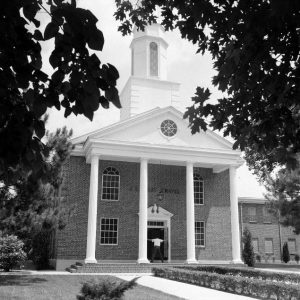 Ouachita Baptist College Chapel
Ouachita Baptist College Chapel
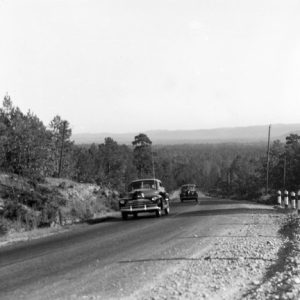 Ouachita Mountains Road
Ouachita Mountains Road
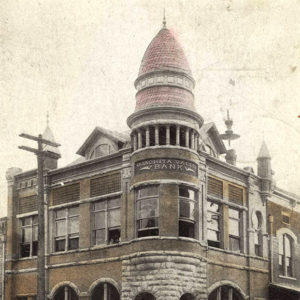 Ouachita Valley Bank
Ouachita Valley Bank
Our Lady of the Ozarks Shrine
 Outdoor Stone Oven
Outdoor Stone Oven
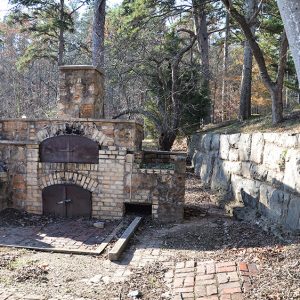 Outdoor Stone Oven
Outdoor Stone Oven
Owens, Silas
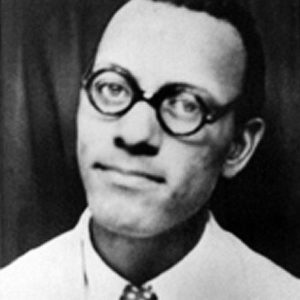 Silas Owens
Silas Owens
Ozark Golden Wedding Jubilee
Ozark Heritage Arts Center and Museum
 Ozark REA Plant
Ozark REA Plant
Ozark Schools, Desegregation of
 Ozark Souvenirs
Ozark Souvenirs
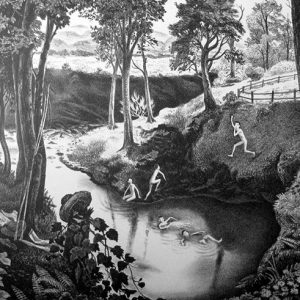 Ozark Summer
Ozark Summer
Ozone School
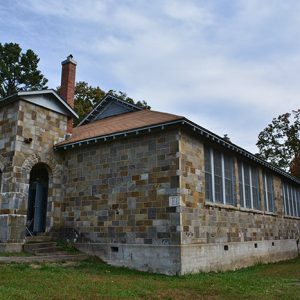 Ozone School
Ozone School
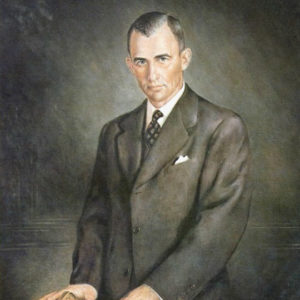 Frank Pace
Frank Pace
Pace, Frank
 Pageant Program, 1954
Pageant Program, 1954
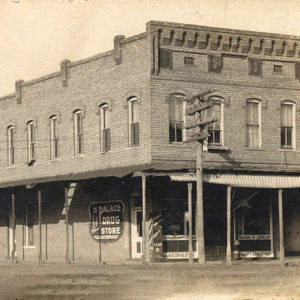 Palace Drug Store
Palace Drug Store
 Palace Theatre
Palace Theatre
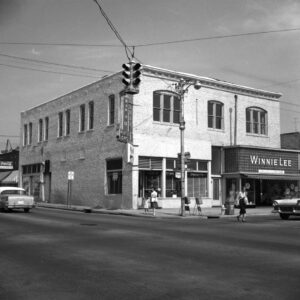 Paladino Restaurant
Paladino Restaurant
 Johnny Paladino
Johnny Paladino
 Paragould Browns
Paragould Browns
 Paris Street Scene
Paris Street Scene
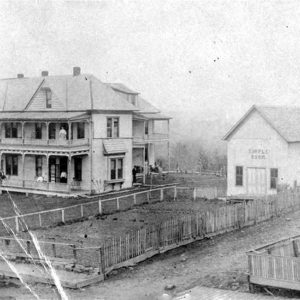 Park Hotel
Park Hotel
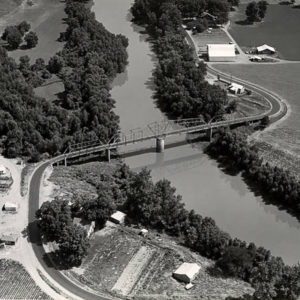 Parkin Bridge over the St. Francis
Parkin Bridge over the St. Francis
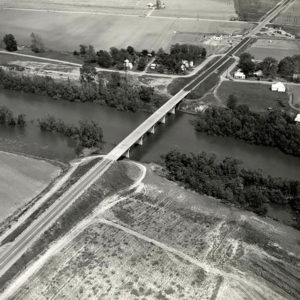 Parkin Bridge over the St. Francis
Parkin Bridge over the St. Francis
 Parkway Courts Historic District
Parkway Courts Historic District
 Parkway Courts Historic District
Parkway Courts Historic District
Parkway Courts Historic District
 Mary Parler
Mary Parler
 Mary Parler
Mary Parler




